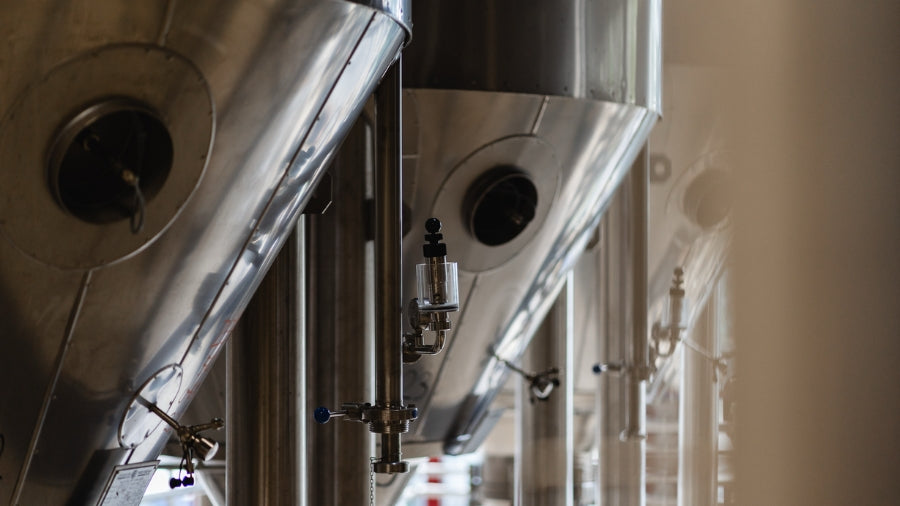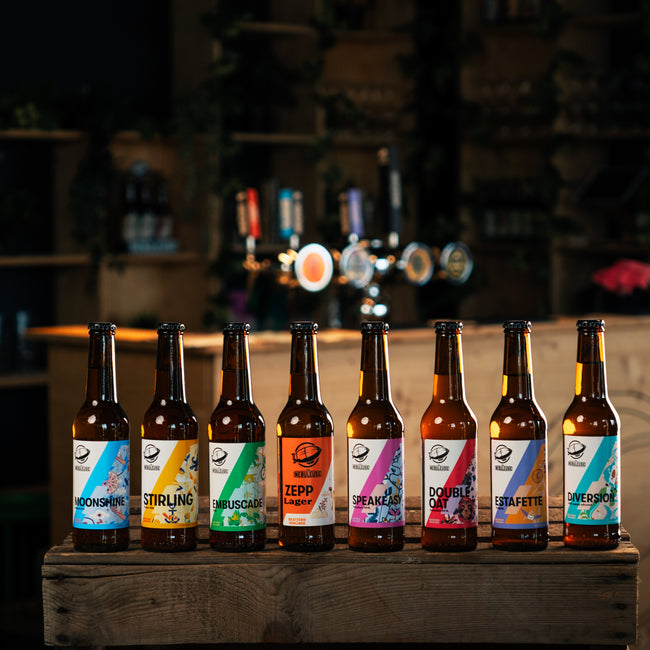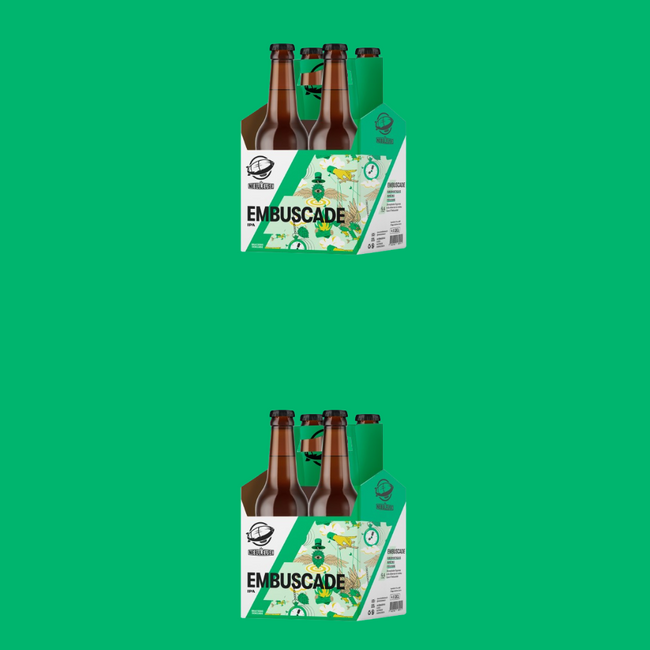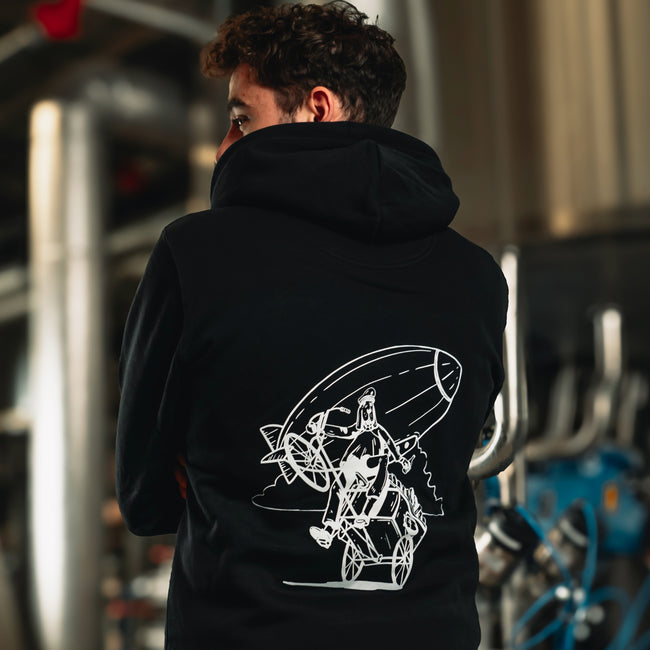The Art of Dry Hopping in Craft Beer

Hoppy beer lovers know: a juicy IPA, with notes of citrus and tropical fruits that explode in your mouth, is a real pleasure. But how do you achieve this aromatic intensity without turning the beer into an undrinkable bitter potion? The answer can be summed up in two words: dry hopping .
This technique, which involves adding hops after boiling, allows for maximum extraction of essential oils without releasing too much bitterness. But be careful, it's a subtle art: when should you add the hops? At what temperature? How much? Too late, and the aromas disappear; too soon, and bitterness takes over.
What is dry hopping and why is it crucial?
Hops are the aromatic soul of a beer. They're what bring out notes of citrus, tropical fruits, resin, and even flowers. To get the most out of them, you need to know when and how to use them. That's where dry hopping comes in.
Unlike traditional hopping, where hops are added while the wort is boiling, dry hopping is done cold, after primary fermentation or at the very end of fermentation . The goal? To extract aromas without increasing bitterness. Because at high temperatures, the alpha-acids in hops transform into bitter compounds. But at cold temperatures, only the essential oils are released, giving the beer an incomparable aromatic intensity.
It's a technique that's become essential in styles like IPAs and Pale Ales. Take for example the Embuscade , this IPA with frank aromas of fruit jellies and blood orange. This aromatic explosion is the result of precise dry hopping with Herkules, Mandarina Bavaria, Cascade and Amarillo hops, each contributing its characteristic notes while maintaining a perfectly balanced bitterness.
Mastering dry hopping: the keys to optimal hopping
Dry hopping is all about timing and dosage. Added at the right time and temperature, it enhances a beer. If not mastered properly, it can ruin it.
When to add hops?
Two major schools of thought are in conflict:
-
Dry hopping in active fermentation (biotransformation): Added during fermentation, the hops interact with the yeast, creating new aromas and boosting the fruity perception.
-
Post-fermentation dry hopping: More classic, it allows you to extract a maximum of aromas without interference with the yeast.
Some brewers go even further with double dry hopping (DDH), which involves making two successive additions to further intensify the aromas.
At what temperature?
This is one of the most critical parameters. Too cold, and essential oil extraction will be limited. Too hot, and oxidation will ruin everything. An ideal temperature is between 12 and 16°C to maximize aroma diffusion without risking altering the beer.
How much?
It's all a question of balance. For a well-hopped IPA, you'll need around 5 to 10 g/L of hops when dry-hopping. For a Double IPA, you can go up to 15 g/L or more. But be careful: too many hops can create an unpleasant vegetal texture.
A great example of this mastery is Stirling , an American Pale Ale that perfectly balances its grapefruit and lychee notes thanks to careful dry hopping of Northern Brewer, Cascade and Simcoe hops.
Lighter beers too!
Dry hopping isn't just for big IPAs. Speakeasy , a 4% ABV Light IPA, demonstrates that fresh, fruity aromas of lime, white grape, and mandarin can be achieved even in a light beer, thanks to precise dry hopping with Cascade, Mandarina Bavaria, and Hallertauer Blanc.
Dry hopping and aroma evolution: what changes over time
Dry hopping gives a beer an aromatic explosion at the time of packaging. But these aromas, as powerful as they may be, are fleeting.
Why do hop aromas fade?
Hop essential oils are highly volatile. Over time, they oxidize and lose their intensity. As a result, an IPA that once smelled of mango and orange may, after a few months, become duller, with grassy or slightly rancid notes.
How to stabilize these aromas?
-
Minimize oxygenation during dry hopping and conditioning . Oxygen is the enemy of hoppy aromas!
-
Use hops rich in stable essential oils that are more resistant to oxidation.
-
Store beer in a cold place to slow down the deterioration of aromas.
Conclusion: a subtle art for unforgettable beers
Dry hopping is one of the modern brewer's most powerful tools. It transforms a classic beer into a true sensory experience, revealing the full aromatic richness of the hops.
But like any advanced technique, it requires mastery: choosing the right moment, the right temperature, the right quantity... It's a delicate balance between science and intuition. An art that brewers continually perfect to deliver ever more intense and memorable taste experiences.









